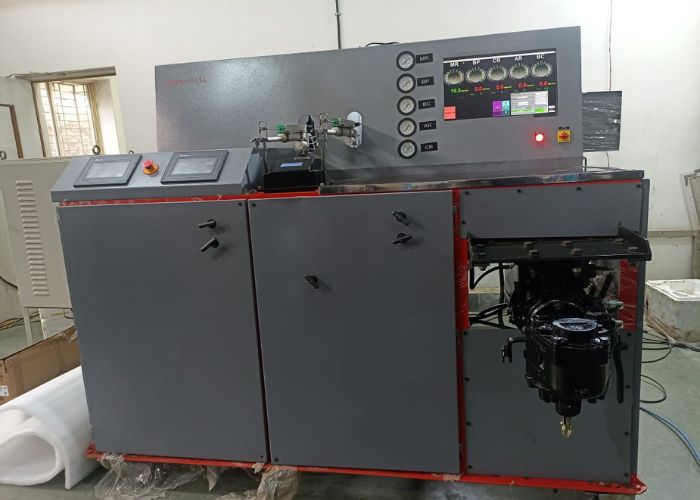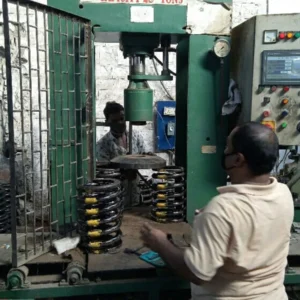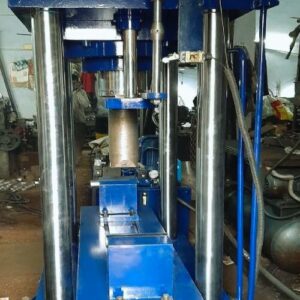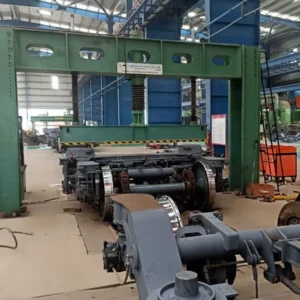A DV Testing Machine (also known as Dielectric Voltage Testing Machine) is a specialized machine used to test materials or components for their dielectric strength. This is a detailed breakdown of the features, technical specs, and operation cycle.
Features and Details of Dv Test Machine:
- Dielectric Testing: DV Testing Machines are designed to test the dielectric strength in insulating materials such as cables, transformers, and circuit boards.
- High Voltage: These machines can generate high voltages ranging in range from a few hundred volts up to several kilovolts depending on their application.
- Safety Features Due to the high voltage involved in Dv Testing Machines, they are equipped with comprehensive safety measures, including interlocks and protective enclosures. They also have emergency stop mechanisms.
- Automated Tests: Most modern Dv testing machines feature automated test capabilities. This allows for efficient and repeatable tests.
- Data Logging These devices often have built-in systems for logging data, recording results, and capturing anomalies.
- User-Friendly Interface: DV Testing Machines usually have user-friendly controls, such as touchscreens and intuitive control panels to make operation and installation easier.
Technical Specifications for Dv Testing Machines:
- Voltage range: specifies the range of voltages the machine is capable of generating for testing.
- Current limit: Defining the maximum current the machine can provide during testing.
- Accuracy Indicates accuracy in voltage measurement and control. Typically expressed as a percent of the full-scale.
- Test duration: specifies the length of the test cycle including ramp-up, dwell, and ramp-down times.
- Electrode configuration: Describes how the electrodes are configured to apply the test voltage on the specimen. Examples include needle electrodes and flat electrodes.
- Safety Standards: Ensures the machine meets applicable safety standards and regulations such as IEC standards, ASTM standards, or UL standards.
Description:
- Preparation: The specimen to be tested or component is firmly positioned onto the testing platform. This ensures proper electrical connections.
- Setup Test Parameter: Test parameter settings such as voltage level, duration of the test, and other settings are configured via the control panel software or interface.
- Testing Phase: The machine gradually increases the voltage on the specimen to the desired level, while monitoring any signs of electrical failure or insulation failure.
- Detection: The machine will detect a breakdown if the specimen is unable to withstand voltage and will trigger an alarm.
- Analysis: Test results are recorded, along with the voltage level at which the breakdown occurred, and other parameters. These data are analyzed and used to determine the dielectric strength of the specimen and its insulation performance.
- Reporting: A comprehensive report is generated that documents the test procedure, test results, analysis, and any relevant observations, or recommendations for further actions.






Reviews
There are no reviews yet.